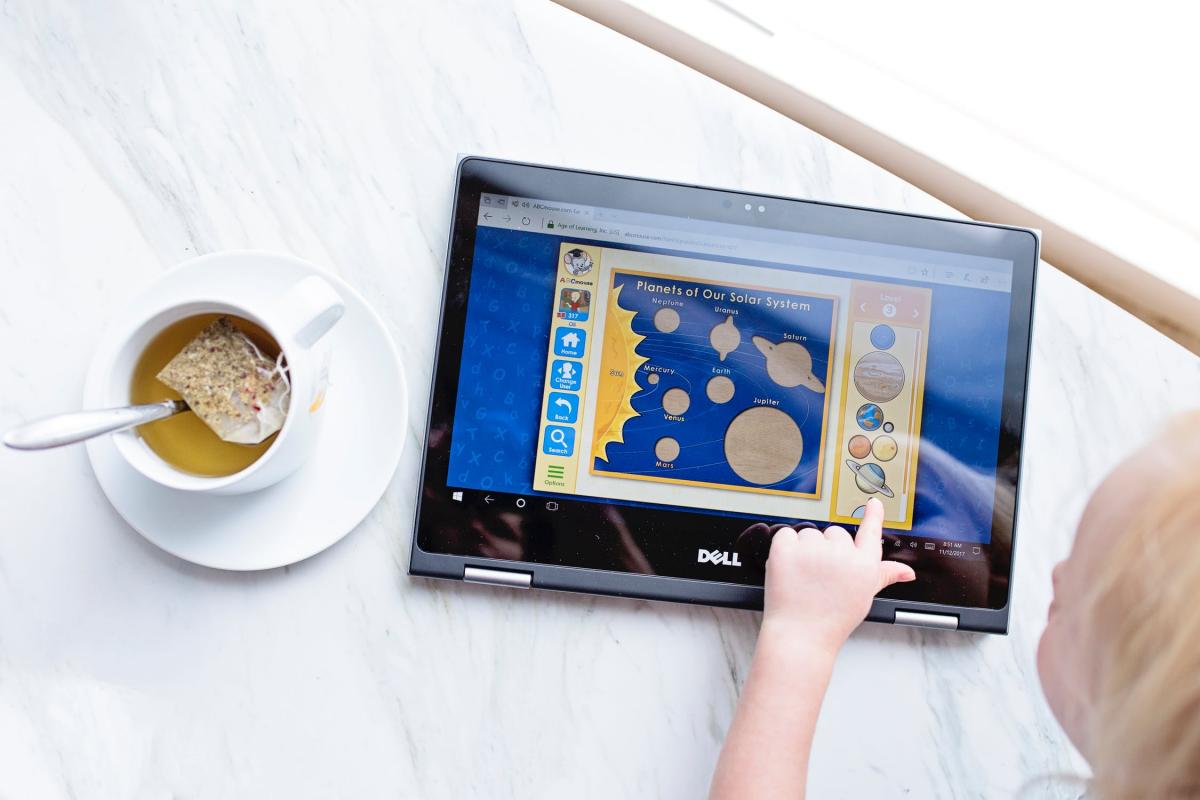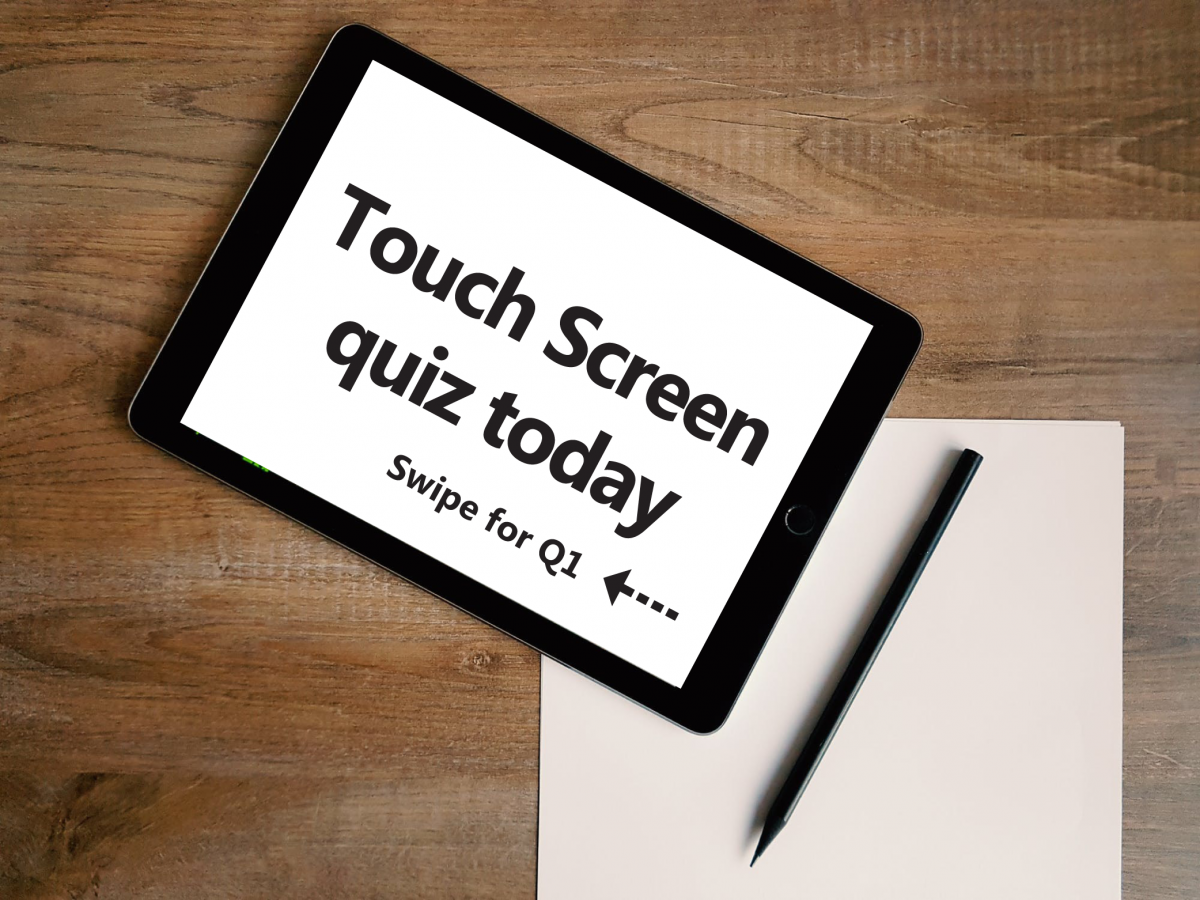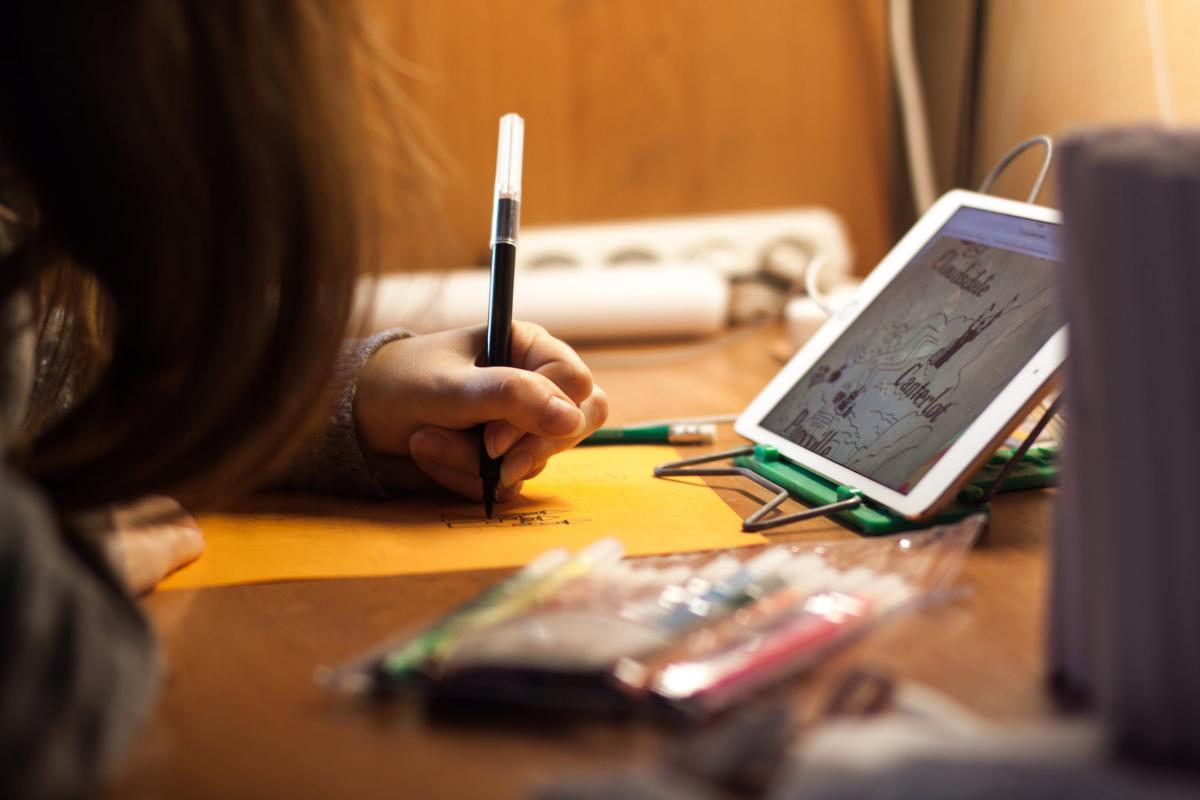
In modern day education, few may wonder why companies are nearly reinventing the wheel when it comes to classroom design, learning tool development and strategy.
Wide open learning spaces, tablets in second grade classrooms, virtual reality in training courses…hasn’t anyone ever heard of “if it isn’t broke don’t fix it?”
Leading innovators know and understand these emerging trends and ideas, which is why concepts like virtual reality, tablets in grade school classrooms, and multi-purpose learning areas with tactical design are consistently making headlines.
Perhaps we should approach this burst of technological innovation from a different angle.
Throughout our life, our environments and experiences shape the way we think and make decisions. As today’s young generations continue to adopt advanced technology, the same level of stimulation may eventually be desired with learning. A smart response would be to create familiar design and curricula that will align with this desire, resulting in a more easily adaptive experience.

Along with the integration of technology, visual design is on the rise. It is no secret that many individuals in your office, class or household are visual learners. Under the umbrella of visual learning not only lies apparent objects like shapes, graphs, photography and videography, but now existing there is spatial awareness, strategic color palettes and versatile use of typefaces.
If education experts wish to reach peak effectiveness, the savvy use of both architecture and visual learning tools must follow this trajectory.
Now, back to “if it isn’t broke don’t fix it...”
Earlier generations may argue “we turned out just fine,” and relatively speaking, they may be right. But in today’s digital dominating world, children who miss out on advanced visual and technological learning environments may just fall behind.
So how do these ideas fit into the AEC industry? Brainstorming design that will improve and increase productivity in the modern world of education could be considered. R&D dedicated to product innovation is not limited to select industries… it reigns all.
For example, it may not be out of place to imagine touch screen assignments or utilizing drones in the near or distant future of education. The task for those in the AEC industry could be to begin preparing for this endless-potential future now.

